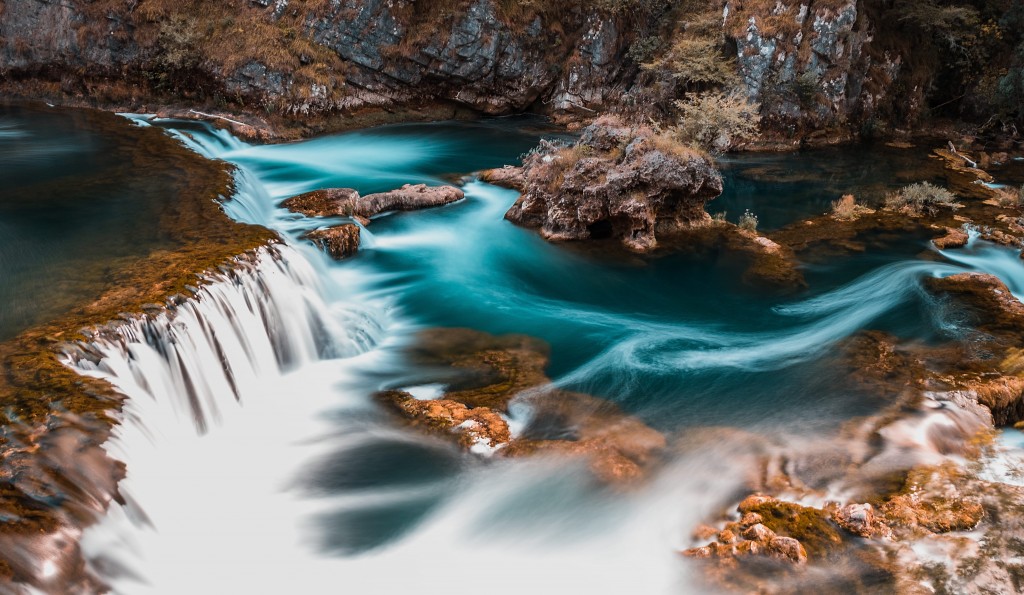Often times, photography is a cakewalk for those who get their auto settings do the job for them. But that euphoria ends when they attempt to take a clear and pristine picture of their favourite sky scene in the middle of the day outdoors. Or maybe a sunny day throws more shine into the photographer’s view that even auto settings can’t handle, ruining the end picture.
What are we talking about here? It’s all about the reason why many an outdoor shot do not come out great and make you feel like a loser. But relax! It only takes a will to put in some concerted effort into manually setting the right amount of light exposure using a polarizer, along with other camera settings like white balance.
Let’s spill the beans on what photography courses teach basically about polarizers. Having polarizers saves your photographs from the effects of harsh light, reflective surfaces, and unmanageable contrasts. It’s a filtering device that is attached to the lens of the camera to help control the effects of strong or extreme light present in a scene, especially in broad daylight.
The polarizer has layers of filters that form right angles with each other. There is a rotating controller on the filter that can be used to set the right angular combination that sends the right amount of light into the camera lens. The result? You get these three advantages in the course of your shoot:
It reduces excessive light reflection from objects photographed.
For many surfaces, especially ones like metal, glass and water, the biggest issue comes with harsh reflection of light. As anyone who has learned about polarizers from photography classes know, it helps the photographer to filter out the effects of such extreme light reflection. So next time cars or glass-paned windows come into the frame, there’s no need to worry about the reflection ruining the shot.
It can help you shoot water bodies without the effects of reflection.
If you are desirous of shooting a landscape with a water body, your best chances at getting a pristine picture is in using a polarizer. Students learn the virtues of polarizers by clicking such shots while at a photography training institute. With a polarizer, you can reduce the reflection in the water, keep glares under check and help manage white light far better. The result is a picture high in clarity and quality with good definition of highlights.
It can boost contrast to make pictures look great.
When contrast matters and contributes to giving deep impressions of colour and shades in a frame, polarizer has a great role to play, saving the shot. When the contrast is enhanced, the colours appear rich, the tones look deeper and the overall effect looks wonderful. Especially for landscape photography, polarizers help immensely by helping reduce the effects of atmospheric haze.
At Hamstech Institute, photography students get the same basic lessons about polarizer that you have now come to be introduced to. From here, you have to practice with the filter, and explore the possibilities it provides you in shooting great photos.




